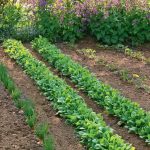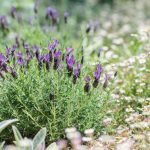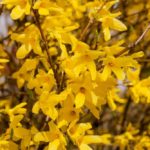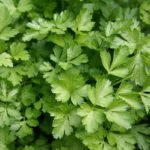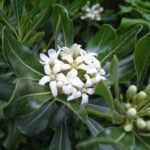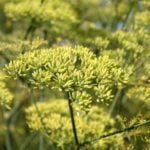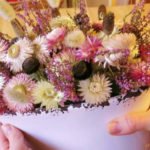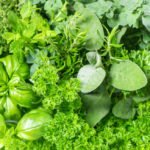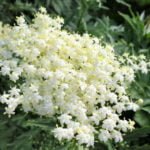Now I will briefly describe some of the most decorative of the spicy-aromatic plants.
Thyme
Thyme with a great aroma, numerous types and varieties, is indispensable in a spicy garden. Rapidly growing, it forms dense decorative pillows, in June completely covered with purple inflorescences.

All types of thyme: T. praecox, T. serpillum, T. citriodorus-excellent groundcover plants, are good in the foreground of flower beds and as a filling plant. Varieties with silver, golden and white-bordered foliage will add bright colors even without flowers.
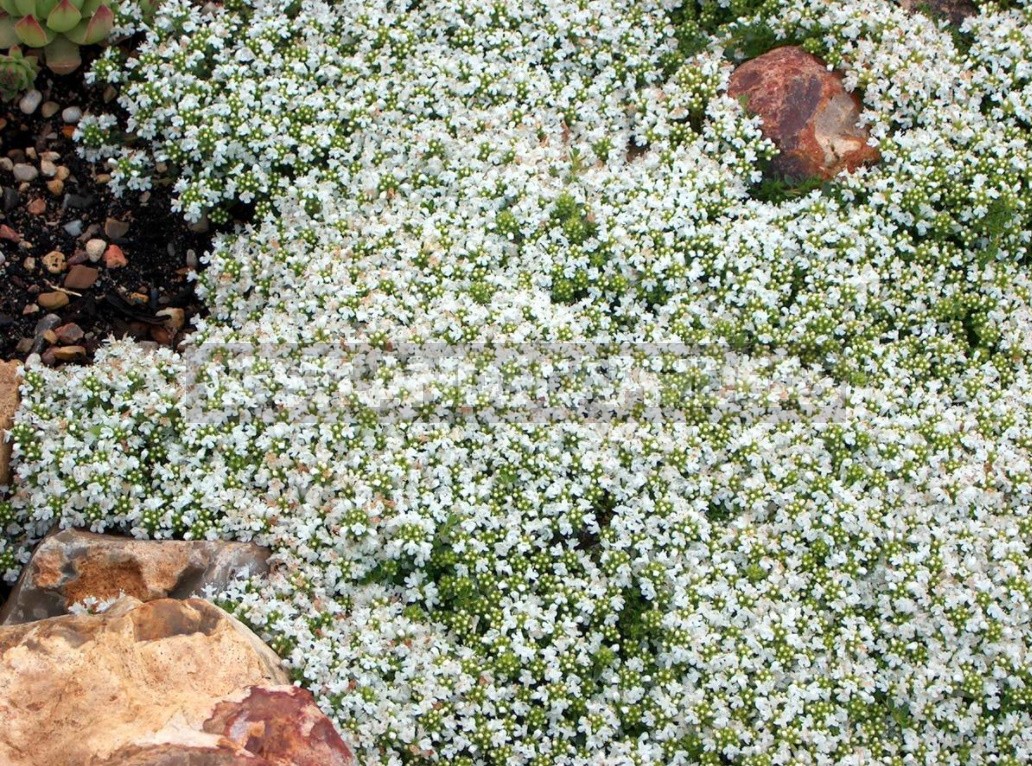
Salvia
It is difficult to imagine a garden of aromas without Salvia-an ornamental, long-flowering perennial with erect shoots, dense spike-shaped inflorescences and attractive foliage.
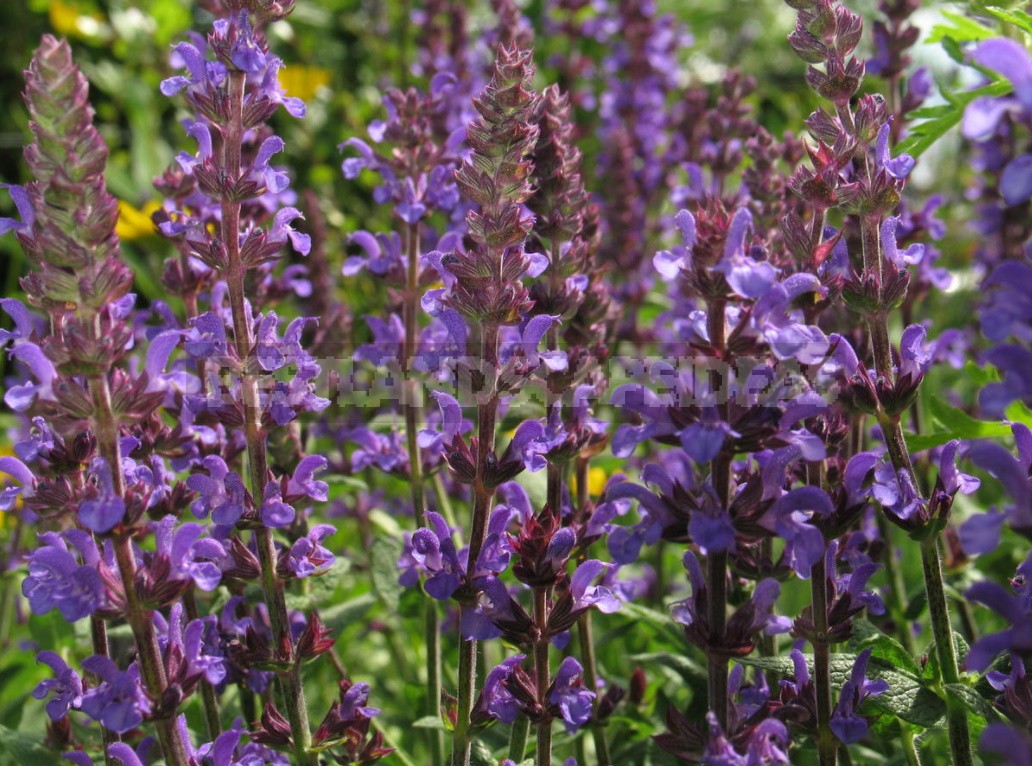
The most dense color spot is given by S. nemorosa and its varieties with various shades of blue. S. pratensis, which blooms in the first half of summer, has varieties with blue-purple and pink flowers. S. sclarea is a tall perennial for the rear tier.
Hyssop
Spherical, woody Hyssopus officinalis bushes with vertical shoots are very good in borders. Bumblebees and bees are constantly circling over its purple, pink and white inflorescences.
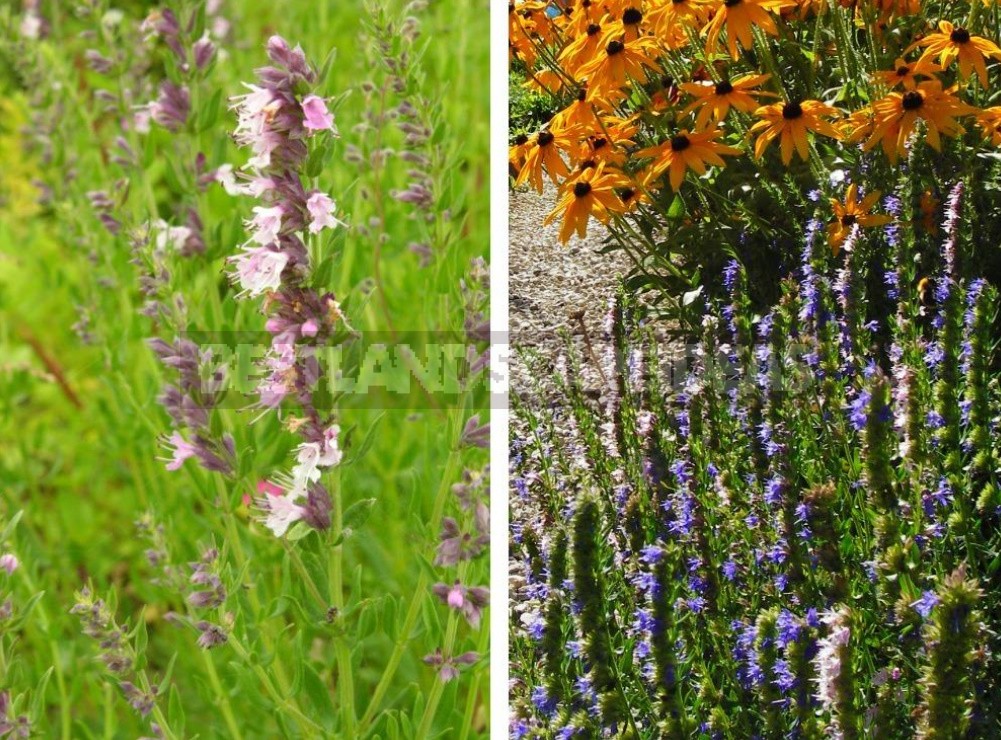
Nepeta
All Nepeta species are distinguished by racemes of lilac-purple tones on straight, slightly decumbent shoots and long flowering.
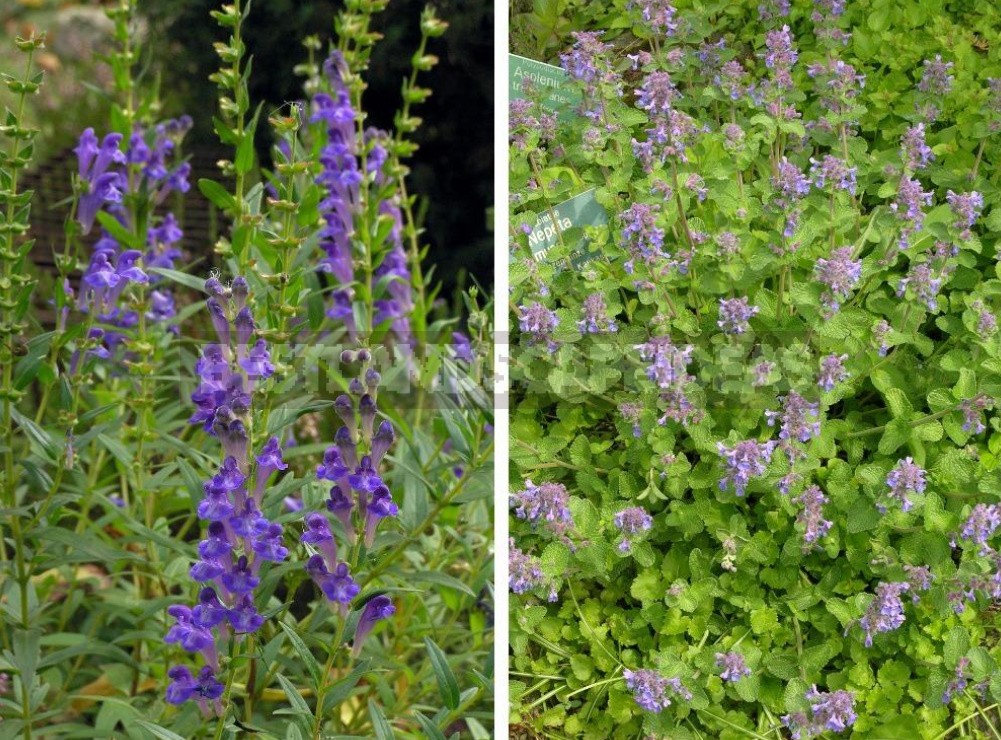
Most Nepeta are plants for the middle and back tier of plantings. For curbs, the low N. faassenii is good.
Sage, hyssop, Nepeta with their vertical structure and cold range of inflorescences can successfully replace lavender in cool conditions. Although some varieties of Lavandula angustifolia winter well in fairly cold conditions.
Ruta graveolens
Ruta graveolens is a perennial semi-shrub with bluish-green curly foliage and small yellowish flowers. It is ideal for curbs, as it perfectly tolerates a haircut.
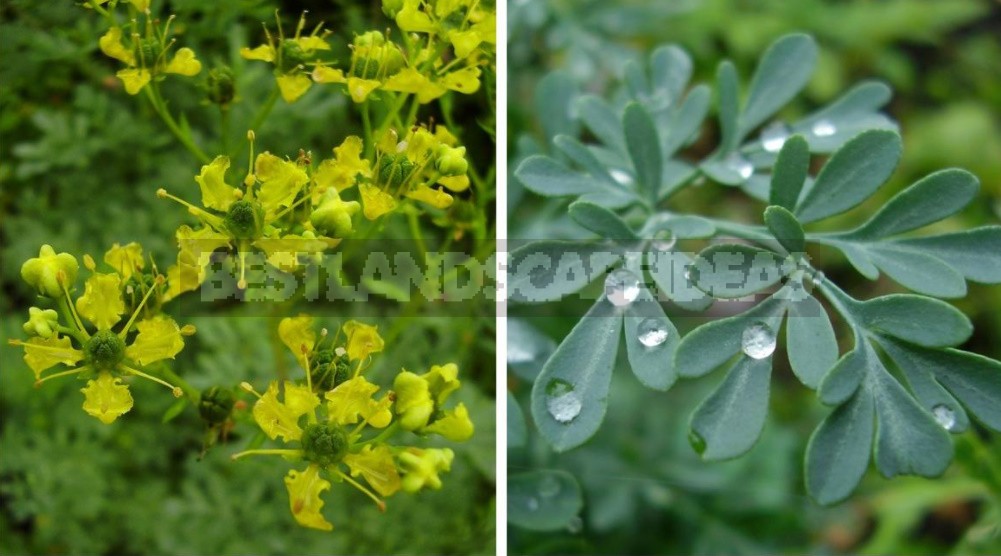
Oregano
Origanum vulgare has a thickly branched shrub with corymbose pink-purple flowers.
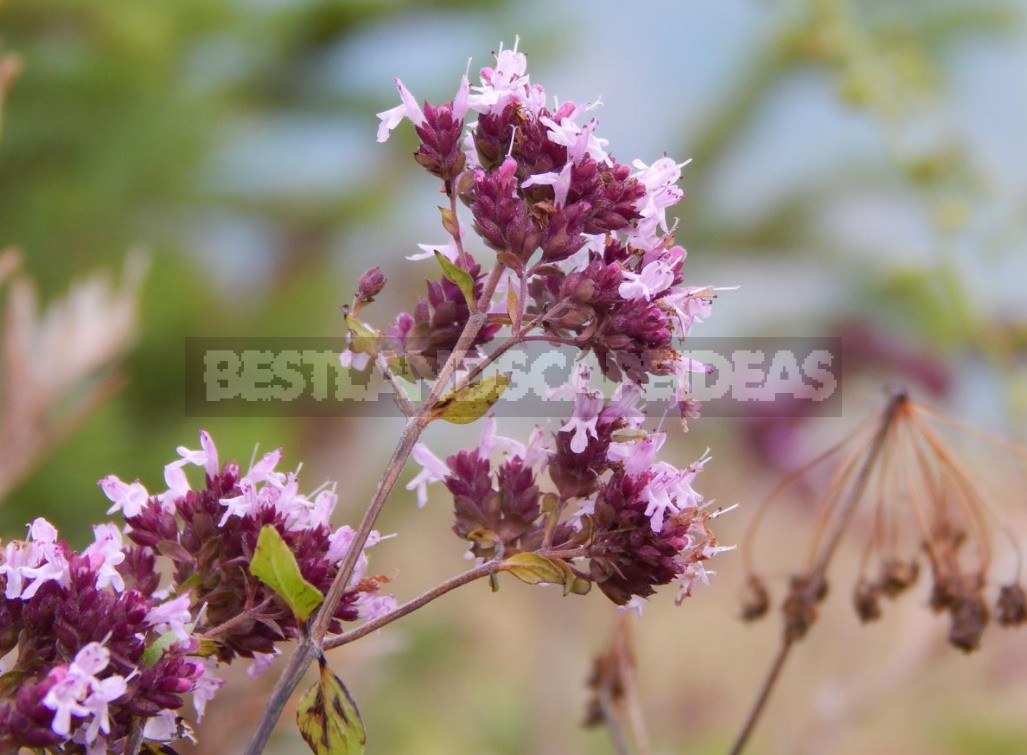
The variety ‘Aureum’ up to 40 cm tall has golden foliage, and the low ‘Compactum’ is attractive with its pillows 15-20 cm high.
Monarda
Monarda has a wide range of colors of whorled inflorescences and dense foliage with a spicy aroma reminiscent of mint. In the border, it gives a very dense color spot.
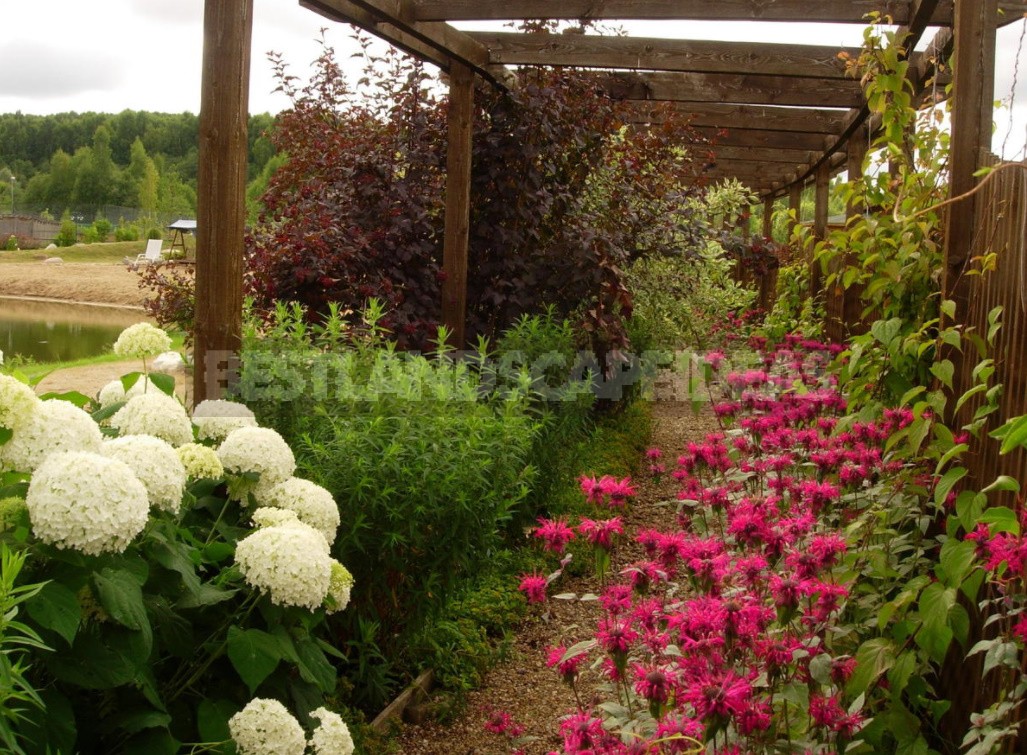
Echinacea
Echinacea purpurea is always decorative. It blooms for a long time and has a good bush structure, but does not have a pronounced aroma.
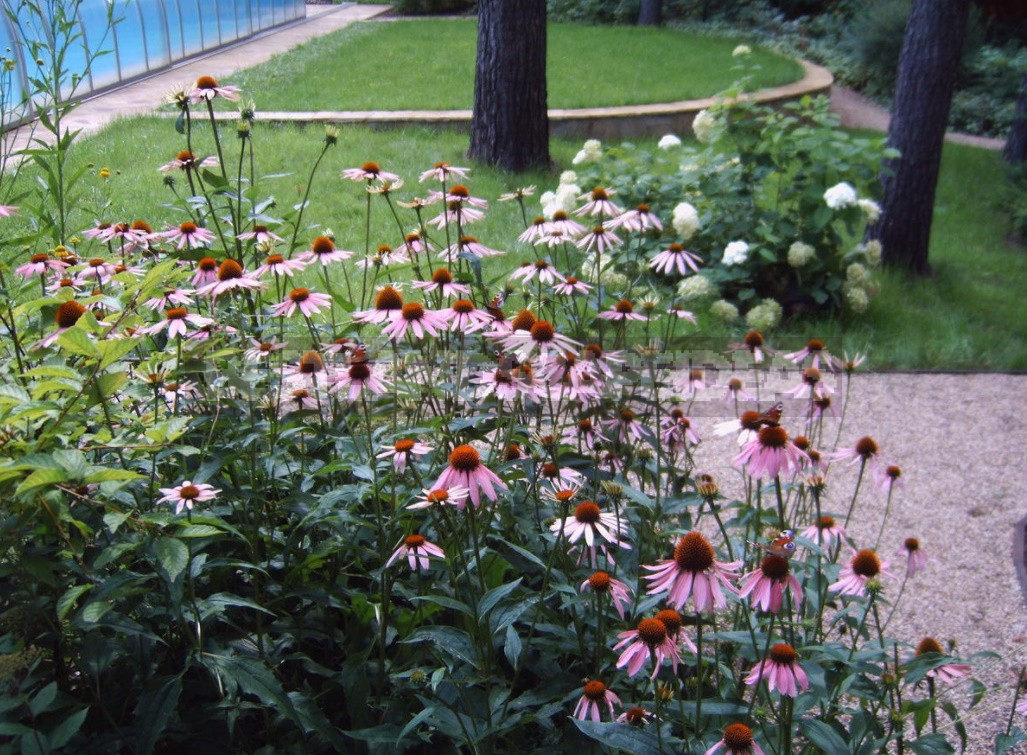
However, echinacea is a valuable medicinal plant. Its large inflorescences-baskets are very attractive to butterflies.
Agastache anisata
Agastache anisata is a new plant in our gardens. Tall spherical Agastache bushes with erect shoots, large dark green leaves and numerous “candles” of dense spike-shaped inflorescences of various colors create bright spots in the flower garden. The essential oils released by Agastache can be detected even at a distance.
Artemisia
Artemisia is an ornamental plant with a characteristic aroma and feathery foliage. Artemisia come in various shapes and sizes, from 20 cm to 1.5 m. Among them are semi-shrubs, border perennials and groundcover species. Openwork foliage has gray and silvery-green shades.
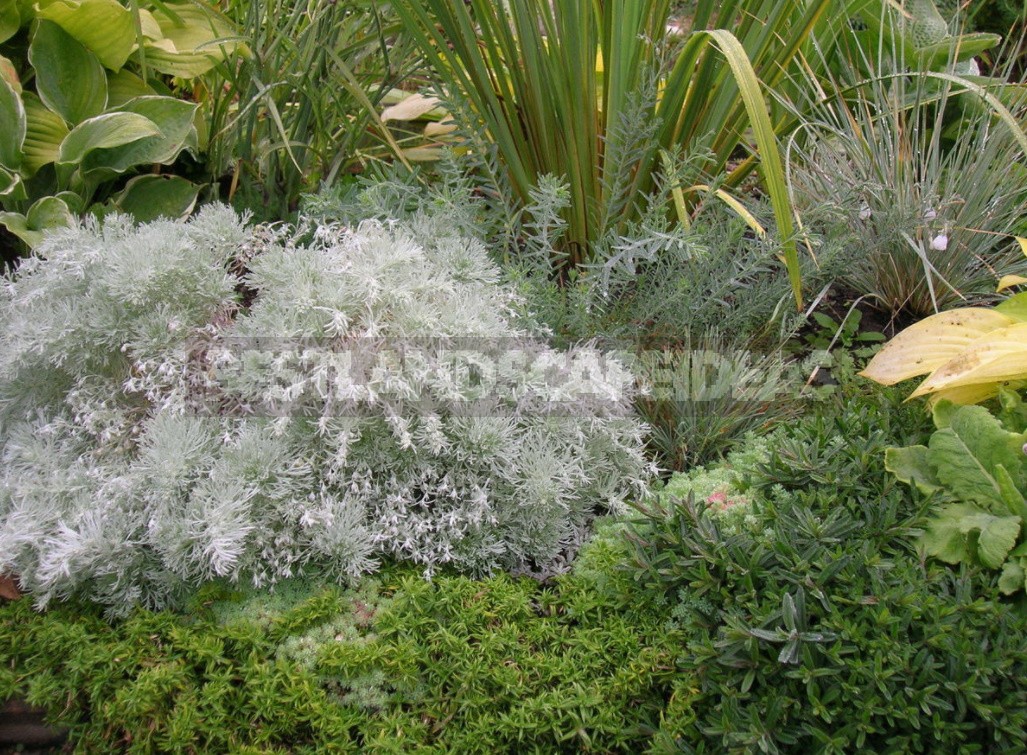
It is possible to distinguish A. abrotanum, up to 1.5 m high, with lignified stems and elegant dissected foliage, which is easily cut. A. pontica, up to a meter high, with grayish-green foliage, also lends itself well to shearing. In the middle tier will take the place of A. рurshiana with pubescent oval foliage, and compact species-A. stelleriana and A. schmidtiana-will look beautiful in the border.
Growing of herbs
For whatever land you may have in your possession —
Soft or in places where the sand, having hardened, stiffens,
Or a rich soil, rich in abundant moisture…
… anyone is ready to give birth to noble greens.
Valafrid Strabo*, “The Garden”, 820
Unpretentiousness and minimal care are the undoubted advantages of spicy plants. They should be placed in a well-lit place — in the sun, the herbs grow better and smell stronger. The soils are preferably light, well-drained, with a small amount of organic matter. Thermophilic annual crops will have to be grown through seedlings, and cold-resistant ones can be sown in the ground.
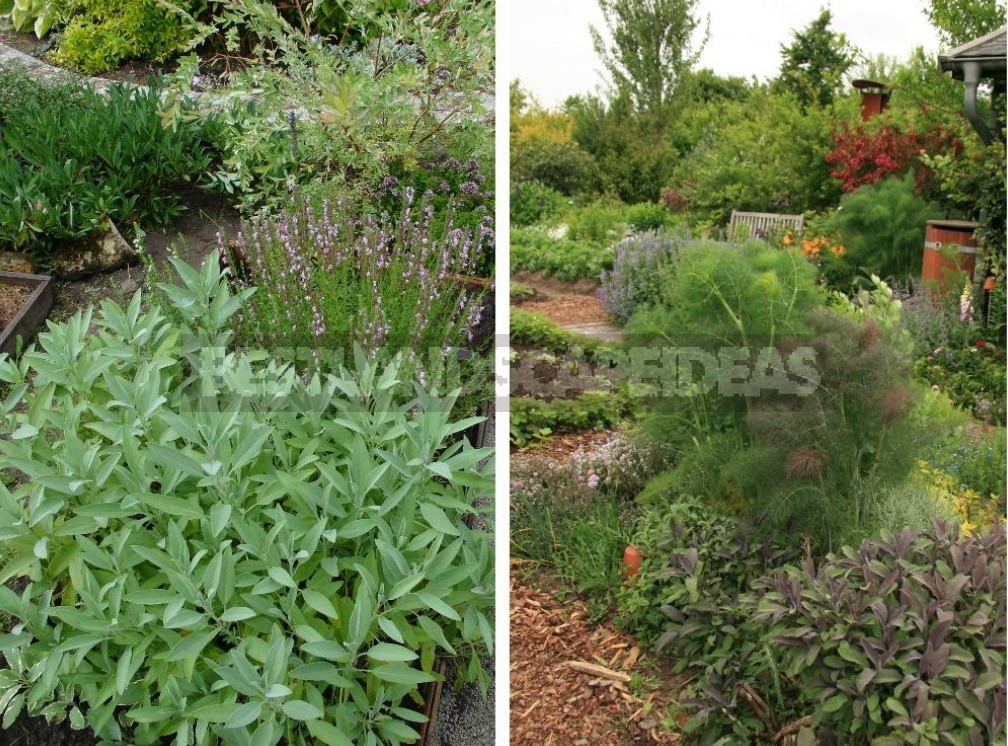
For a healing effect and aesthetic pleasure, it is better to place a spicy composition next to a patio, gazebo, barbecue, recreation area.
* Poem “The Garden” Valafrid Strabo’s is one of the first medico-botanical poetic works of the European Middle Ages. It tells the story of 23 medicinal plants that grew in the pharmaceutical garden of the abbey, where the author was educated.
